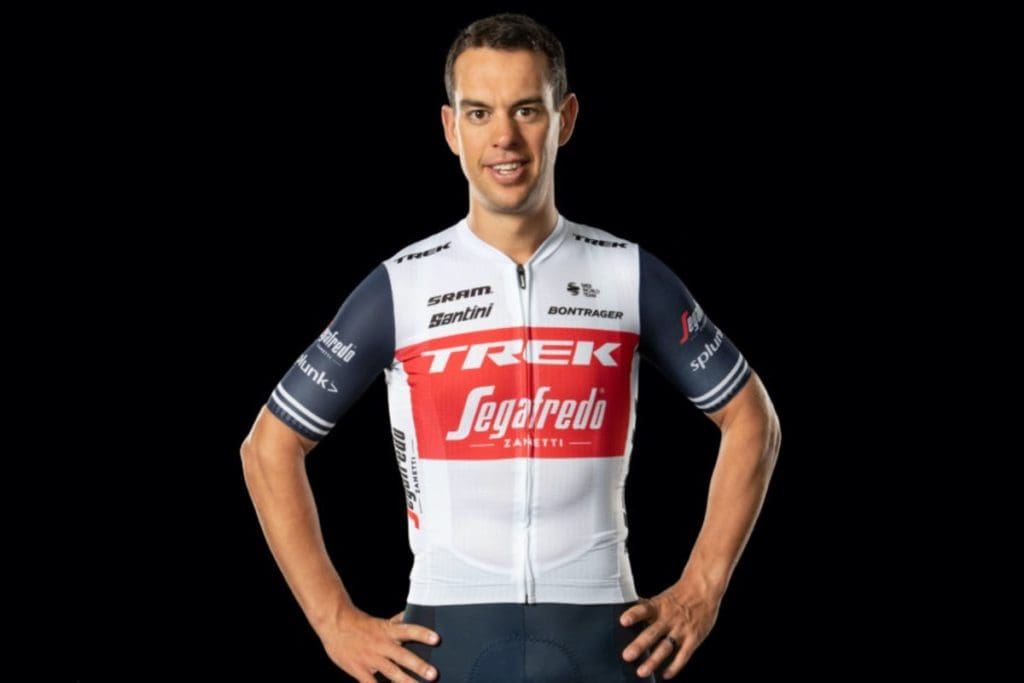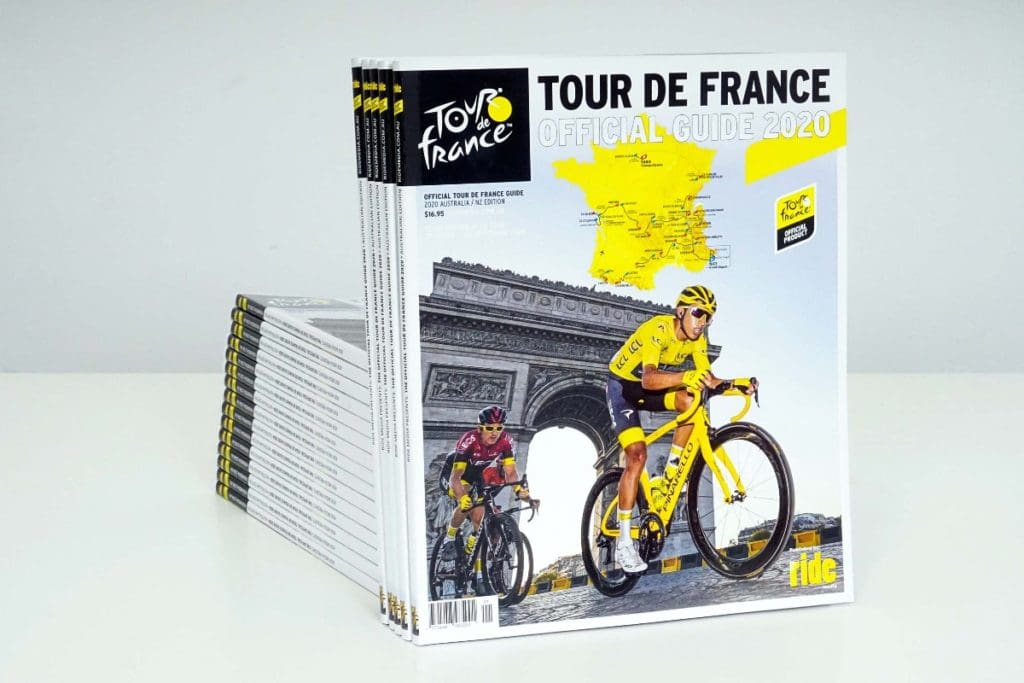Tour de France 2020 Was Remarkable, Both On and Off the Bike

Against all odds and a backdrop of an exponentially growing second wave of Coronavirus in France, the 2020 Tour de France proved to be one of the most successful and dramatic in living memory.
It’s hard enough to keep professional teams sports like football and basketball operating in a ‘bubble’ when they’re confined within stadiums. But of course the Tour winds through well over 3,000 kilometres of French countryside, villages, towns and cities with spectators often within touching distance of the riders.
At the start of this three week epic, it seemed almost impossible that the Tour would last the distance. When Tour Director Christian Prudhomme had to leave the race with a suspected Covid-19 infection it seemed even more unlikely. Fortunately, his test proved negative and he was back on the Tour a week later.
But around the Tour, France’s daily new cases were soaring to over 10,000 per day to approximately 300,000 active cases by the time the Tour rolled into Paris.
Bikes of the Tour
Over the years, Australian importers of bicycles that have a team in the Tour consistently talk about a Tour induced growth in sales.
This year’s 22 teams included Eddy Merckx, Wilier (two teams), KTM, Merida, Specialized (two teams), Giant, DeRosa, Cannondale, Lapierre, Pinarello, Factor, Ridley, Scott, Canyon (two teams), BMC, Bianchi, Cervélo, Trek and Colnago.
It was interesting to see that disc brakes have largely taken over as the braking system of choice. Of the 22 teams 17 were riding discs and only five with conventional rim calliper brakes.
Quality Not Quantity for Australian Riders
The sole Australian team was Mitchelton Scott, which originally started life as Green Edge in 2012 and has owned and largely funded by Melbourne entrepreneur Gerry Ryan since day one.
Ironically, there was not a single Australian rider on the eight rider Tour starting team, even though there are 11 Australians on the full team roster of 29 riders. However, team director Matt White and other support staff were Australian.
Only two Australians started the Tour in 2020. Richey Porte and Caleb Ewen. What they lacked in numbers they made up for in results with Caleb winning two stages and Richey finishing 3rd overall. In doing so he became only the second Australian in over a century to stand on the final podium in Paris. The only other rider being Cadel Evans who remains Australia’s only ever Tour de France overall winner.
A Challenging Year for Tour Media
Australian interest in the Tour remains strong, but the uncertainty, delayed start and travel restrictions caused a ripple effect with Australia’s media.
For example, this year for the first time, SBS TV’s commentators were working remotely in Australia rather than at the event. Even with commentators being based in different Australian states they did a remarkable job of making it seem as close as possible to ‘business as usual.’
Each year since 2003 RIDE Media’s Rob Arnold has published the official Tour Guide in Australia, but this year’s edition was far from certain until the last minute.

“The 107th Tour de France was originally scheduled for 27 June – 19 July 2020 but it was postponed by 63 days because of the pandemic,” he explained.
“When the race was rescheduled, it offered some hope but because of the confinement measures imposed in France, there was a long pause in communication from ASO (owners of the Tour) and L’Equipe, who are partners on the Tour Guide every year.
“Eventually, files started to appear: maps with revised dates, team jersey images, and the usual supply of stories and interviews that are part of the licensing agreement.
“It was an anxious time because no one was certain what would become of the Tour, or sport in general, once COVID-19 shut down countries like France.
“By mid-June, there was momentum on the magazine but still uncertainty about the prospects of the Tour even being held, but we decided to commit to publishing the Tour Guide.
“When racing began again at the end of June, there was a hint of optimism but there’s a big difference between the Route de l’Occitanie, a small stage race contested this July, and the Tour de France.
“Still, it was possible to get a small insight into the form of the riders and the approach of the teams.”
Having the Tour actually happening was clearly a huge relief, but there were other Covid related challenges.
“Ordinarily a considerable percentage of our Tour Guide sales have come from newsagents at airports,” Rob elaborated. “With minimal travel in 2020, we were concerned that we may miss out on some of our traditional revenue stream, quite simply because people aren’t flying anywhere.”
At 180 pages, the 2020 Tour Guide has the lowest page count since 2006 and it is missing its usual giant pull-out poster featuring a map with the route of France but Arnold explains that, despite having sponsor support for the popular poster, the file wasn’t made available for printing.
“When a client expressed interest in sponsoring the poster, I contacted ASO and asked for the complex PDF of the map but was told, ’Sorry, we didn’t have enough time or staff to prepare it this year…’”
The Tour Guide is RIDE Media’s only print asset after it ceased publishing RIDE Cycling Review in 2017 after almost 20 years of circulation. Arnold does, however, remain active in the cycling media, reporting regularly on ridemedia.com.au and various social media channels.
